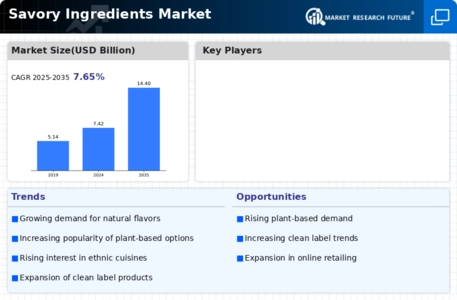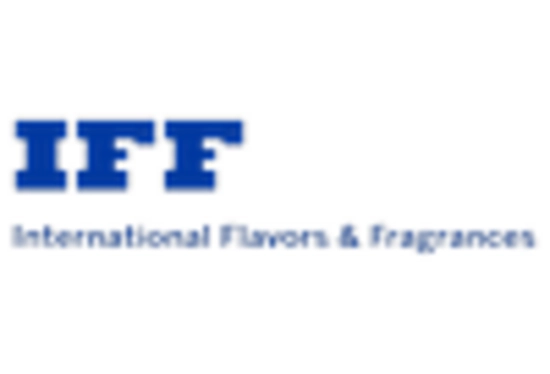Market Share
Savory Ingredients Market Share Analysis
In the dynamic landscape of the Savory Ingredients Market, companies deploy diverse strategies to secure market share and cater to evolving consumer preferences for savory flavors. A foundational approach involves product innovation and differentiation. Companies continually strive to develop unique savory ingredients, such as flavor blends, seasonings, and culinary bases, to distinguish themselves in a crowded market. This innovation is geared towards capturing the attention of food manufacturers and culinary professionals seeking distinctive and high-quality savory components for their products.
Targeting specific consumer segments is a pivotal aspect of market share positioning in the Savory Ingredients Market. Companies recognize the diverse needs of consumers, ranging from individual home cooks to large-scale food processors. By tailoring products to cater to these varied demographics, such as offering specific blends for ethnic cuisines or addressing dietary preferences like low-sodium or organic, companies can establish a loyal customer base within niche markets.
Strategic collaborations and partnerships are instrumental in expanding market share in the Savory Ingredients Market. Collaborating with food manufacturers, chefs, and culinary institutions can not only enhance the visibility of savory ingredients but also contribute to the development of new and innovative applications. Partnerships with restaurants, food service providers, and retail chains further amplify market reach, facilitating greater accessibility for consumers seeking these savory offerings.
Price positioning is a critical consideration in market share strategies for savory ingredients. Companies may adopt different pricing tiers to accommodate a range of customers, from cost-conscious consumers to those willing to invest in premium and specialty savory products. This pricing flexibility allows companies to compete effectively in diverse market segments and ensures a broader market presence.
Brand image and storytelling play a significant role in differentiating products in the Savory Ingredients Market. Companies often highlight the quality of their ingredients, sourcing practices, and culinary expertise to build a strong brand identity. Effective storytelling, whether through marketing campaigns or product packaging, helps establish an emotional connection with consumers, influencing their choices in a market where trust and authenticity are valued.
Sustainability and ethical considerations are gaining prominence in the Savory Ingredients Market. Companies that prioritize sustainable sourcing practices, support fair trade initiatives, and adopt eco-friendly packaging resonate with consumers who increasingly seek ethical choices. This commitment to sustainability not only aligns with consumer values but also contributes to positive brand perception.
Innovation in formulation and functionality is another key driver of market share positioning. Companies that invest in research and development to enhance the functionality of savory ingredients, such as improving shelf life, reducing sodium content, or addressing specific dietary needs, can gain a competitive advantage. This focus on innovation ensures that companies remain at the forefront of meeting evolving consumer demands.
Strategies for global expansion and market entry are crucial in the Savory Ingredients Market, which operates on a global scale. Companies must adapt their products to suit regional tastes, navigate diverse regulatory landscapes, and establish effective distribution networks to succeed in different markets. Understanding the nuances of culinary traditions and preferences in various regions is essential for gaining a competitive edge.









Leave a Comment